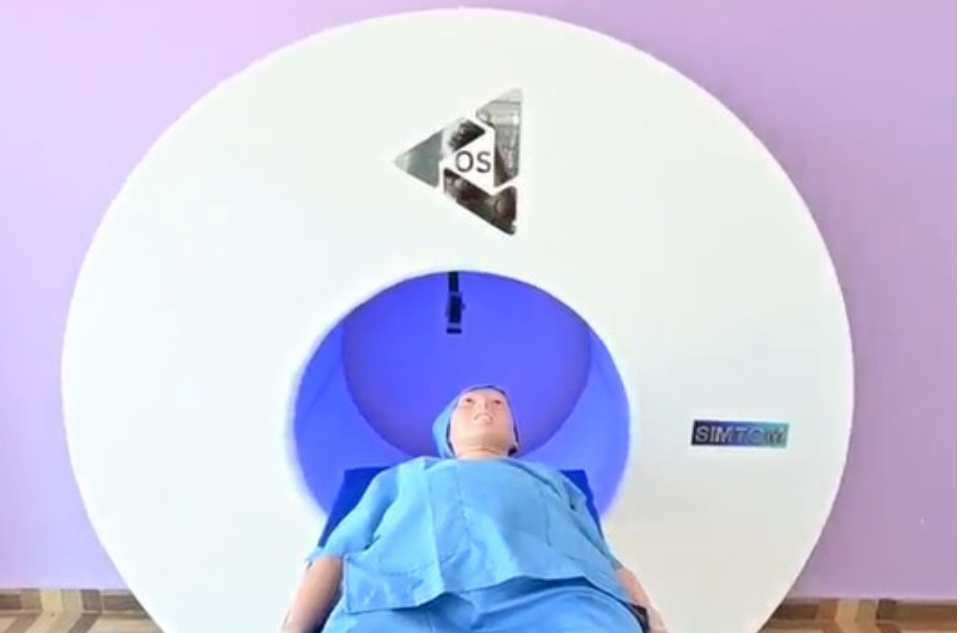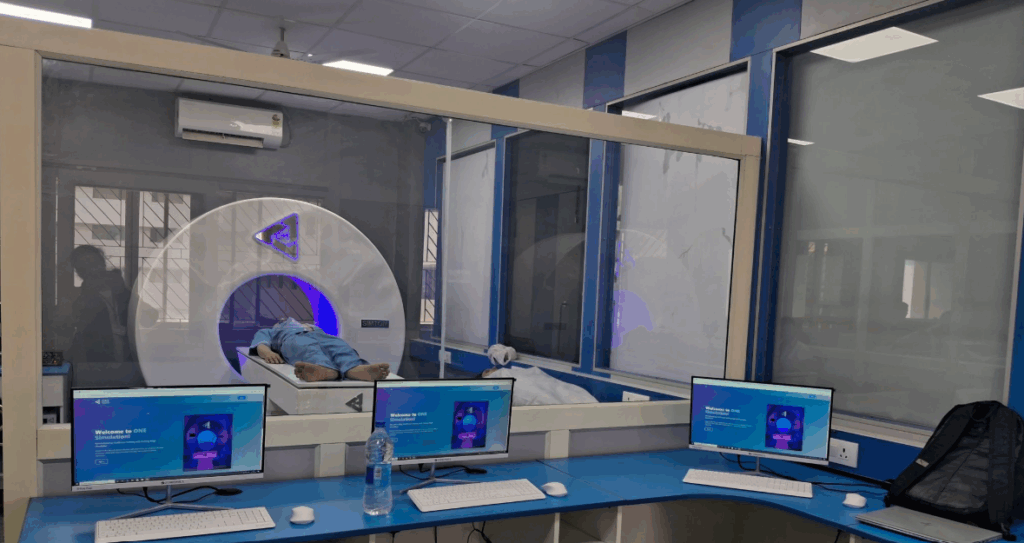In the rapidly advancing field of healthcare, CT simulation has become a critical tool in training radiologists and radiation therapists. Traditionally, radiology training involved repeated exposure to CT simulation radiation, which posed risks to both students and patients. However, with the advent of radiation-free CT simulators, healthcare education has become safer, more efficient, and precise. Below are the top five benefits of CT simulation in modern healthcare education.
1. Enhanced Patient Safety with Radiation-Free CT Simulation Training
A key benefit of CT simulation is the reduction in both student and patient exposure to CT simulation radiation. Traditional training involved actual CT scanning, exposing learners to radiation, even when practising. Today, radiation-free CT simulators allow learners to practice on mannequins or digital models, which eliminates the risk of radiation. These simulators create realistic scenarios where students can perfect their skills safely and without harm.
2. Improved Precision in CT Imaging
CT simulators offer learners the opportunity to master essential techniques like patient positioning, identifying anatomical landmarks, and setting scan parameters. Since CT imaging is central to diagnostic radiology and radiation therapy, the ability to refine these skills in a controlled environment improves precision and reduces errors in real-life procedures. This level of practice is crucial for patient care, as accuracy is paramount in CT imaging and radiation therapy.
3. Scalable, Accessible Training
Thanks to simulation healthcare technologies and AI simulation, training is now more accessible globally. Institutions can use CT simulators to train a larger number of students without the need for expensive equipment or disruption of clinical services. Radiation-free CT simulators make high-quality training possible in both urban hospitals and remote areas, such as those in India, where access to advanced equipment may be limited.

4. Realistic Practice with AI CT Simulation
Next-generation AI-based radiation-free CT simulators offer an interactive learning environment that adapts to each learner’s needs. These platforms integrate artificial intelligence to provide real-time feedback, correct mistakes, and simulate real-world scenarios. Students can practice complex cases and improve their technique through simulation experiments, allowing them to learn faster and more effectively. This kind of practice ensures that they are well-prepared for actual patient interactions.
5. Efficient Use of Resources and Less Disruption
CT simulators help institutions optimise resources by reducing the need for live patients in training sessions. As a result, clinical workflows can continue smoothly without interrupting patient care. Furthermore, by using mannequins or virtual models for practice, educational institutions can better manage their resources while still providing students with the hands-on experience they need. Ultimately, this efficiency benefits both students and clinical staff, ensuring a smoother educational process.
Conclusion:
Radiation-free CT simulators are revolutionising radiology and radiation therapy training worldwide. Moreover, by providing safer, more effective, and scalable learning environments, they are enhancing the future of CT education for radiographers. Whether in developed countries or regions like India, AI simulation and CT healthcare innovations are helping build a more capable, well-prepared workforce for the next generation of healthcare professionals.

